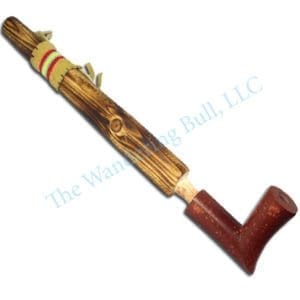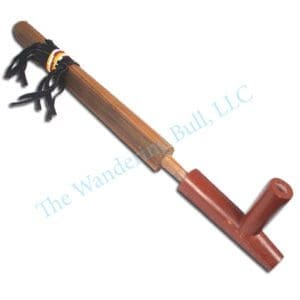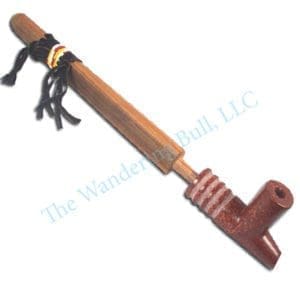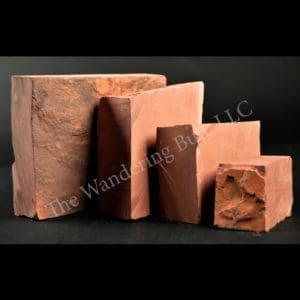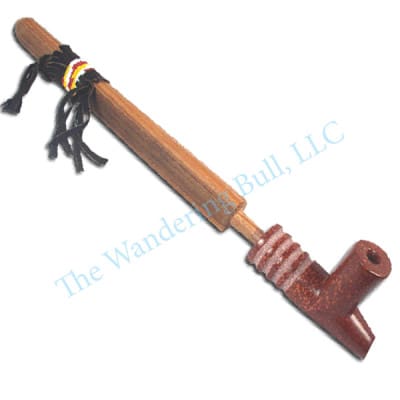
Catlinite History
Catlinite is also known as Pipestone. It is a red stone that is easy to carve because it doesn’t have a lot of quartz in it. It can be worked with carving tools and knives. Its red color comes from iron in the soil. The name Catlinite first came into use after the painter, George Catlin, visited the stone quarries in 1835. George Catlin recorded a legend about the origin of using Catlinite to make pipes, where the Great Spirit told the tribes that this stone must only be used to make pipes.
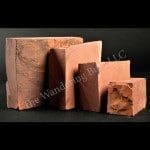

Looking at Catlinite history shows us that Native Americans have mined and used it for over two thousand years. The stone is considered sacred and is used and traded by many Native American tribes. Several Catlinite pipes and effigies have been found in archaeological excavations in North America. Later in the 19th century, European traders began to manufacture Catlinite pipes as trade items.
At The Wandering Bull, LLC you will find Catlinite to make your own pipes or carvings. We offer four sizes: 2” x 3”, 3” x 4”, 4” x 5” and 5” x 6”.
Not ready to carve your own pipe? We also offer three styles of pipes that have bowls carved from Pipestone Catlinite.
The Plains Pipe is based on a pipe that was commonly used during the European contact period. Because these pipes were used ceremonially to bind treaties, they became known as Peace Pipes.
The Four Winds Pipe has four rings carved into the stem representing the four directions.
The Elbow Pipe has a simple design that was common in the 18th and 19th centuries. This style is commonly chosen for personal use.

